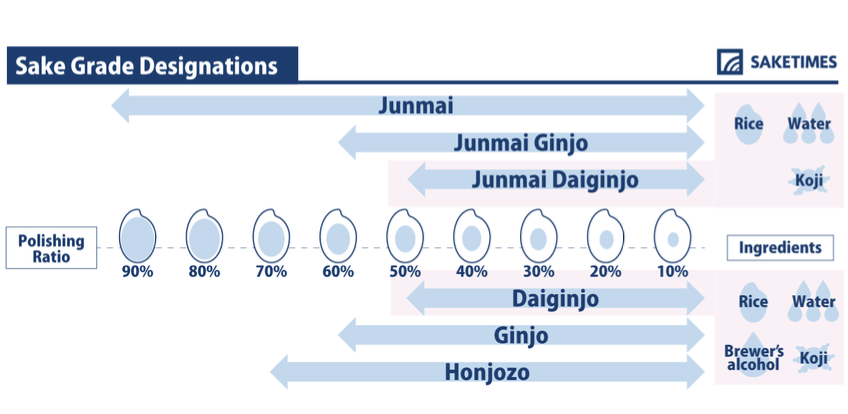““Just as the four seasons push and move forward, things renew themselves. Everything is like that.””
HAIKU POETRY TERMS
renga or renku - Japanese linked poem
hokku - opening stanza of a renga, typically composed by a single poet in 3 phrases of 5/7/5 syllables, indicating season and mood
haiku - standalone hokku
kigo - a word to clarify the season
kireji - ‘cutting words’ that indicate a pause, shift, juxtaposition
kasen - length of 36 links
KIGO EXAMPLES
FALL
aki no kure - autumn dusk
hiyayaka - chilly
tsuki - moon
matsu yoi - waiting evening
shuushi - autumn contemplation
kari - goose
koorogi - cricket
ringo - apple
kiku - chrysanthemum
WINTER
yuku toshi - the passing year
toshi no kure - close of the year
sayuru - clear and cold
kogarashi - withering wind, lit. tree-witherer
toshi wasure - New Year’s Eve party, lit. forgetting the year
bashōki - Basho’s Memorial Day, 28 November 1694
POEMS
夏草や 兵どもが 夢の跡
natsugusa ya | tsuwamonodomo ga | yume no ato
Summer grasses:
all that’s left of all
the warrior’s dreams
稲妻に さとらぬ人の 貴さよ
inazuma ni | satoranu hito no | tattosa yo
How admirable!
to see lightning
and not think life is fleeting
風流の 初めや奥の 田植歌
fūryū no | hajime ya oku no | taue uta
Renement rose up from
the rice-planting songs
of these country folk
古池や 蛙飛込 水の音
furuike ya | kawazu tobikomu | mizu no oto
Old pond
frog jumps in—
sound of water
1 Sōgi
Yuki nagara yamamoto kasumu yube kana
Despite some snow the hill-base is hazy this evening
2 Shōhaku
yuku mizu toku ume niou sato
the water flows distant from a plum-scented village
3 Sōchō
kawakaze ni hitomura yanagi haru miete
a river wind, and a stand of willows shows it’s spring
4 Sōgi
fune sasu oto mo shiruki akegata
the sound of a boat being poled, distinct at dawn
5 Shōhaku
tsuki ya nao kiriwataru yo ni nokoru ran
the moon may still linger in the misted-over night
6 Sōchō
shimo oku nohara aki wa kurekeri
over the fields where frost has formed, autumn ends
7 Sōgi
naku mushi no kokoro to mo naku kusa karete
against the chirping insects’ hopes the grasses wither
8 Shōhaku
kakine o toaeba arawanaru michi
I come to the fence to visit, the path is exposed
9 Sōchō
yama fukaki sato ya arashi ni okuru ran
till it grows late in the village deep in the mountains
10 Sōgi
narenu sumai zo sabishisa mo uki
a place one cannot get used to turns even loneliness to grief
11 Shōhaku
ima sara ni hitori aru mi o omou na yo
more than ever now, for one who lives in solitude such thoughts are vain
12 Sōchō
utsurowan to wa kanete shirazu ya
that all life is vicissitude surely you knew that long ago
13 Sōgi
okiwaburu tsuyu koso hana ni aware nare
disliking its own fall, the dew on the flowers it withers suffers for their loss
14 Shōhaku
mada nokoru hi no uchikasumu kage
the yet remaining rays of light in a scene just taken on by haze
15 Sōchō
kurenu to ya nakisutsu tori no kaeru ran
“has not dusk come” the birds crying out in flight seem homeward bound
16 Sōgi
miyama o yukeba waku sora mo nashi
entered in the mountain fastness no light distinguishes the sky
MAPS & OKU NO HOSOMICHI
SAKE TASTING
Sake #1: Niizawa Shuzo Hakurakusei, “The Connoisseur” Junmai Ginjo
Region: Miyagi Prefecture, Tohoku Region
Rice: Kura no Hana (developed in the 1980s, recognized officially in 1997)
Milling Rate: 55%
Brewery Story: After rescuing the family brewery from financial crisis, Iwao Niizawa pioneered the Hakurakusei series, crafting sake as a food-friendly libation. The brewery is renowned for its cutting-edge milling techniques, producing sake with grains polished down to as little as 7% of their original size. Under the leadership of Nanami Watanabe, Japan’s youngest female Toji brewmaster, Hakurakusei continues to garner acclaim for its innovation and precision.
Sake #2: Moriki Tae no Hana Arabashiri Kimoto Muroka Nama Junmai Genshu
Region: Mie Prefecture
Rice: Yamadanishiki
Milling Rate: 90%
Brewery Story: Moriki Shuzo, a family-operated brewery, is led by Rumiko Moriki, Japan's first female Toji brewmaster. The brewery grows its rice organically and employs labor-intensive methods, reflecting an artisanal commitment to elegance and boldness. The sake’s deep ties to Mie’s ancient, forested lands make it a profound expression of place.
Sake #3: Kurosawa Shuzo Junmai Nigorizake
Region: Nagano Prefecture
Rice: Locally sourced Nagano “rice”
Milling Rate: 70%
Brewery Story: Founded in 1858, Kurosawa Shuzo has been family-run for over 150 years. It specializes in the kimoto method, a traditional brewing process that delivers robust flavors with sharp acidity. Popularized in the U.S. through Jun Tanaka’s vision, Kurosawa sake remains a staple for its authenticity, quality, and accessible pricing.
ABOUT TONIGHT’S INSTRUCTORS
Darby Mae Wagner is a writer, creative producer, design enthusiast and rogue sommelière. She’s worked in and out of natural wine and hospitality for the last 5-10 years, running the wine club and assistant buying at Vinyl Wine, somming at Bar Bête, and bartending at Heaven and Earth, among others. She's also done harvests in Oregon at Cooper Mountain Vineyards and in Germany with the Brand Brothers. In 2021, she founded GNOSES, an epicurean experiment turned multidisciplinary creative studio. Darby currently assists Kiki Goti, a NY-based designer and architect, and co-produces a monthly wine and poetry workshop she co-founded with The Poetry Society of New York called Wine Poetic.
Haden Riles is a Brooklyn-based poet and sommelier. Born in Orlando, he spent twelve years in Minneapolis after earning a Bachelor of Arts in English Literature and Cultural Studies from the University of Minnesota. His poetry navigates the uncertain spaces between personal identity and the turbulent external world. He has been published by The Merrimack Review and The Tower. You can find him searching for a shared understanding of what it simply means to be, or on Instagram at @hadenjamesr




